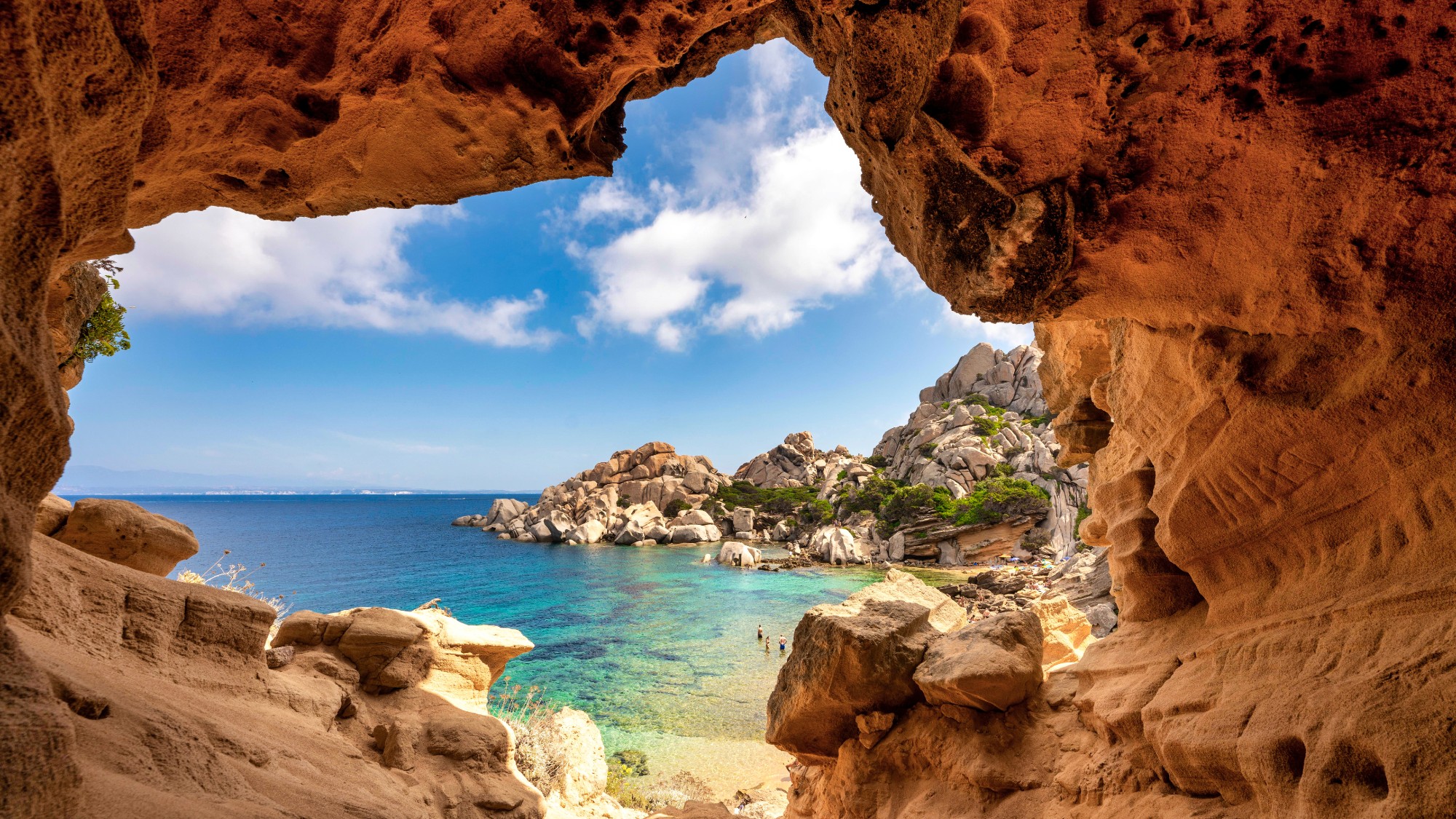How Saudi Arabia exports radical Islam
Saudi Arabia has spent billions promoting its extremist version of Islam. What has it wrought?

Saudi Arabia has spent billions promoting its extremist version of Islam. What has it wrought? Here's everything you need to know:
Why do the Saudis proselytize?
To combat the spread of Shiite Islam and ensure that the Islamic world is primarily Sunni. In recent years, the ancient Sunni-Shiite conflict in Iraq, Yemen, and throughout the Middle East has grown more overt, bitter, and violent. Now that Iran has agreed to rein in its nuclear program in return for the lifting of international economic sanctions, Riyadh fears a newly enriched Tehran will be more aggressive in spreading its Shiite doctrine and promoting Shiite-led revolutions. A trove of Saudi diplomatic documents covering 2010 to 2015, recently released by WikiLeaks, shows a Saudi obsession with Iranian actions and Iranian influence. Saudi government agencies monitor Iranian cultural and religious activities, and try to muzzle Shiite influence by shutting down or blocking access to Iranian-backed media. Saudi diplomats keep close tabs on Iranian involvement everywhere, from Tajikistan, which has strong historical Persian ties, to China, where the tiny, beleaguered Uighur population — which is Muslim — is growing more religious.
The Week
Escape your echo chamber. Get the facts behind the news, plus analysis from multiple perspectives.

Sign up for The Week's Free Newsletters
From our morning news briefing to a weekly Good News Newsletter, get the best of The Week delivered directly to your inbox.
From our morning news briefing to a weekly Good News Newsletter, get the best of The Week delivered directly to your inbox.
How do the Saudis promote their religious views?
By investing heavily in building mosques, madrasas, schools, and Sunni cultural centers across the Muslim world. Indian intelligence says that in India alone, from 2011 to 2013, some 25,000 Saudi clerics arrived bearing more than $250 million to build mosques and universities and hold seminars. "We are talking about thousands and thousands of activist organizations and preachers who are in the Saudi sphere of influence," said Usama Hasan, a researcher in Islamic studies. These institutions and clerics preach the specifically Saudi version of Sunni Islam, the extreme fundamentalist strain known as Wahhabism or Salafism.
What is Wahhabism?
Founded in the 18th century by Muslims seeking a return to Koranic literalism, Wahhabism is one of the strictest sects of Islam. The founder, Sheikh Muhammad ibn Abdul-Wahhab, sought the protection of an emir, Muhammad ibn Saud, and the two joined forces to spread the doctrine throughout the Arabian Peninsula. The cleric's daughter married the emir's son, which means the entire House of Saud is directly descended from Wahhab. The purist sect requires adherents to abstain from alcohol and drugs. The sexes are segregated, with women fully covered in public. Even other Muslims who stray from these medieval practices — such as Shiites and moderate Sunni sects — are considered infidels. Prescribed punishments for crimes — among them apostasy and blasphemy — include flogging, stoning, and beheading.
A free daily email with the biggest news stories of the day – and the best features from TheWeek.com
How did it become so strong?
A turning point came in 1979, when radical clerics who believed the House of Saud had been contaminated with Western decadence led hundreds of armed militants to occupy the Grand Mosque in Mecca. Deeply alarmed, the royal family sought to appease the militants by reversing the steps toward modernity the country had taken. Movie theaters and record stores were shut down, and more power was given to the religious police to seek out and punish offenses. "In effect," says former diplomat John Burgess, "the seizure of the Grand Mosque sent Saudi Arabia into a 30-year time warp that cut it off from the social-development trajectory it had been on." The royal family made a grand bargain with the clerics: Riyadh would fund the spread of Wahhabism abroad as long as the extremists kept any militant activities off Saudi soil. That deal ensured that radical Islam would overwhelm moderate versions in many countries, and planted the seeds of many terrorist groups.
Where has Wahhabism reached?
Nearly everywhere in the Muslim world except where Iran holds sway. In the 1980s, Saudi money and fighters poured into Afghanistan to help the mujahedeen fight the Soviets, an effort that gave rise to the Taliban and eventually to al Qaeda. In the 1990s, Saudi aid to the Bosnian Muslims struggling in the wars that broke up Yugoslavia brought the Wahhabi strain of Islam to Europe. That same decade, Saudi money helped to further radicalize Chechnya's Muslims. One of the cables released by WikiLeaks quotes then Secretary of State Hillary Clinton: "Donors in Saudi Arabia constitute the most significant source of funding to Sunni terrorist groups worldwide." Most members of al Qaeda were Saudi, including Osama bin Laden, and 15 of the 19 hijackers on 9/11 were Saudis.
Where does ISIS fit into this picture?
The Islamic State of Iraq and Syria sees itself as purer than the Saudi regime, but its fundamentalist Sunni doctrine has its roots in Wahhabism. Bob Graham, a former Democratic senator from Florida who has called for declassification of the portion of the 9/11 Commission report dealing with Saudi Arabian links to the hijackers, says ISIS "is a product of Saudi ideals, Saudi money, and Saudi organizational support." In effect, Graham says, ISIS represents a form of Wahhabi ideology that the Saudis can't control — a cancer that now threatens the kingdom. "Who serves as fuel for ISIS? Our own youth," said Saudi dissident writer Turki Al-Hamad this year. "In order to stop ISIS, you must first dry up this ideology at the source."
The madrasas' impact
During the decade-long Afghan struggle against the Soviets, Saudi princes funded the explosive growth of madrasas in Pakistan and Afghanistan. The schools, located in rural communities where there was no other source of education, taught a militant form of Islam, telling students they had a sacred duty to fight infidels. Out of these schools came the radical students who eventually formed the Taliban, as well as many al Qaeda recruits. Today, many of these Pakistani schools draw students from Nigeria, Indonesia, Malaysia, and elsewhere, and they return home radicalized. "The ideology that's propagated by these schools is so significant in shaping minds in the Muslim world," says political scientist Vali Nasr of Johns Hopkins School of Advanced International Studies. "If regular schooling is not schooling people, and schools that propagate fanaticism are schooling people, it doesn't take a brain surgeon to figure out what would be the impact."
-
 8 incredible destinations to visit in 2026
8 incredible destinations to visit in 2026The Week Recommends Now is the time to explore Botswana, Mongolia and Sardinia
-
 Wave of cancellations prompt Kennedy Center turmoil
Wave of cancellations prompt Kennedy Center turmoilIN THE SPOTLIGHT Accusations and allegations fly as artists begin backing off their regularly scheduled appearances
-
 The dark side of how kids are using AI
The dark side of how kids are using AIUnder the Radar Chatbots have become places where children ‘talk about violence, explore romantic or sexual roleplay, and seek advice when no adult is watching’